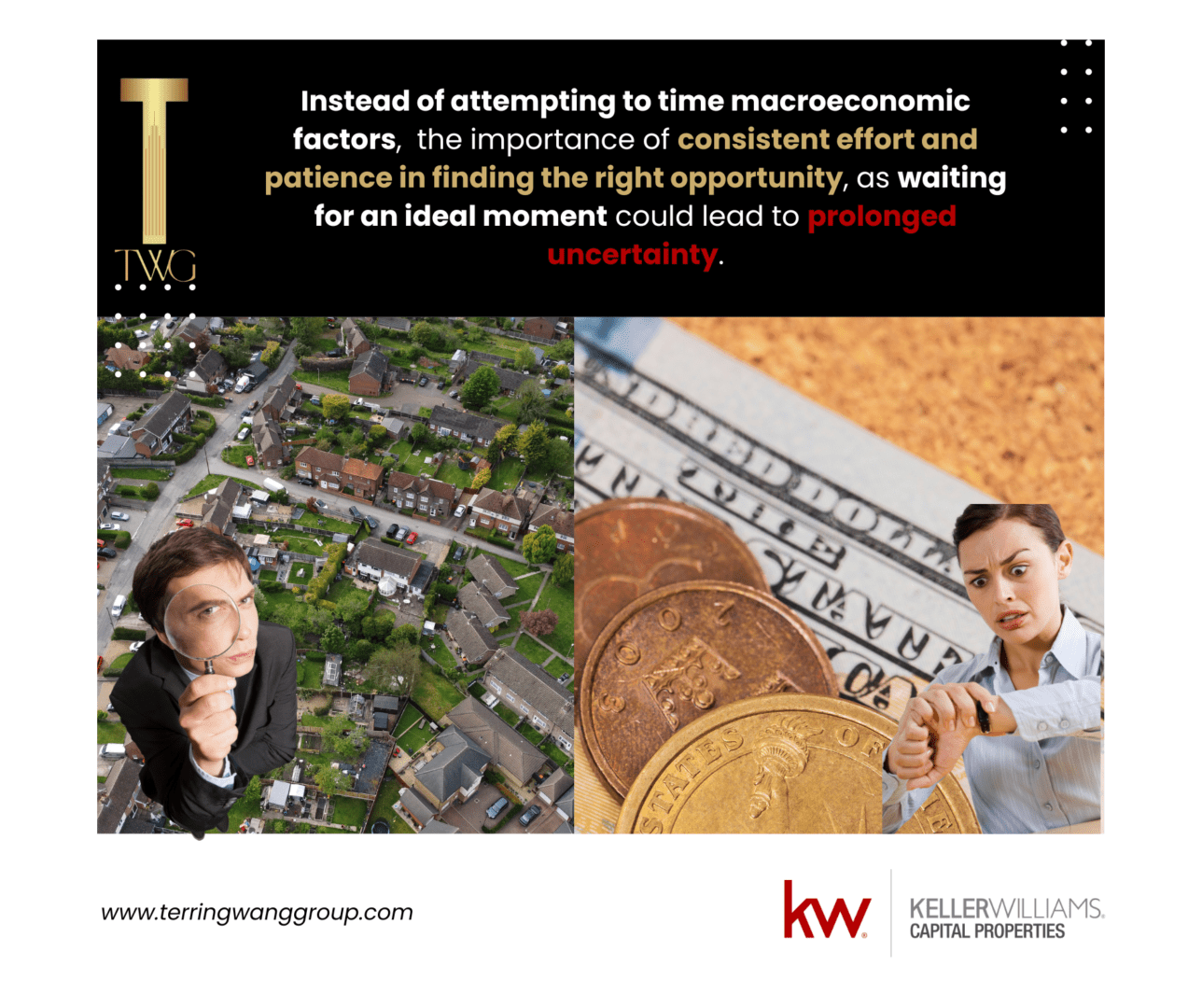Recent discussions about a potential soft landing have become ubiquitous as experts contemplate the Federal Reserve’s rate hikes and their effect on curbing inflation while avoiding an economic downturn. Although the future remains uncertain, many wonder if this sought-after soft landing will extend to America’s housing market.
Presently, the U.S. housing market is experiencing a challenging summer that is far from gentle for both buyers and sellers. Homeowners, in particular, have chosen to adopt a wait-and-see approach, enduring tough market conditions instead of listing their properties for sale.
Danielle Hale, a chief economist of a real estate listings website, highlights that sellers are hesitant to act due to their reliance on lower interest rates, with limited expectations of significant rate improvements over the next year. This has resulted in a housing market that seems to be stuck in a state of uncertainty, with prospective buyers and sellers cautiously observing, hoping for favorable changes.
Taking a closer look at the current market conditions, the number of newly listed homes in July was an astounding 20.8% lower compared to the previous year, leading to a 6.4% decrease in the total number of homes available for sale (both new and existing listings). Moreover, the inventory of homes for sale in the 50 largest metropolitan areas in the U.S. is now only half of what it was before the COVID-19 pandemic.
Unfortunately, dissatisfaction with home prices prevails, with listing prices experiencing a 0.9% decline in July compared to the previous year, averaging at $440,000. Additionally, the median sale price, representing agreed-upon contract prices, also decreased by 1.6% compared to last year.
For buyers seeking relief, it is essential to contextualize these changes. While any alleviation is welcomed, the adjustments are relatively minor, not translating into substantial discounts. It remains uncertain how long this trend will persist, urging cautious decision-making.
Furthermore, prospective buyers face the challenge of higher mortgage rates, which have lingered longer than anticipated, raising the financing costs for 80% of the average home by 15.9% compared to July of the previous year—an additional burden of $317 per month.
The sluggish pace of home sales can be attributed to the combination of reduced inventory and higher costs. In July, the typical home spent 45 days on the market, 12 days longer than the same period the previous year. However, viewed from a broader perspective, homes are still spending 12 fewer days on the market than during the pre-pandemic era, suggesting a relatively quick-moving market compared to historical norms.
As summer nears its end, buyers may find themselves contemplating a crucial question: Should they persist in their pursuit of homeownership?
Hale advises against rushing to make decisions but does not advocate for giving up entirely. She recommends assessing individual needs and affordability when evaluating opportunities in the housing market. Instead of attempting to time macroeconomic factors, she emphasizes the importance of consistent effort and patience in finding the right opportunity, as waiting for an ideal moment could lead to prolonged uncertainty.
In conclusion, the current state of the housing market demands careful consideration and strategic decision-making. Being informed and vigilant amid these challenging times remains paramount to navigating the market effectively.



